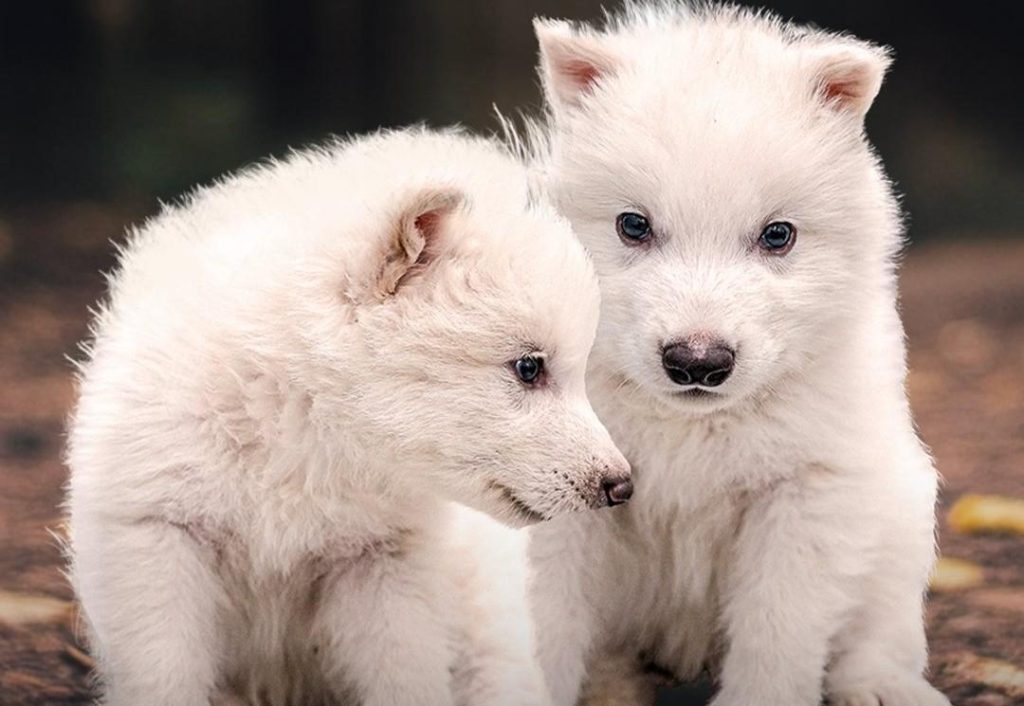
Not Correct to Say it’s a Dire Wolf: Expert on Claim about Species that Went Extinct
In a shocking claim, Colossal Biosciences, a biotech company, announced that they had successfully brought back to life the dire wolf, a species that went extinct 12,500 years ago. The dire wolf, once a dominant predator in the Americas, was considered a symbol of power and strength in the ancient world. However, a recent statement by Anders Bergström, a professor specializing in canine evolution at the University of East Anglia, has raised doubts about the accuracy of this claim.
According to Bergström, the creatures brought back to life by Colossal Biosciences are not, in fact, dire wolves. Instead, they are modified gray wolves. This discrepancy has sparked a debate among scientists and the general public, with many wondering what exactly has been accomplished by the biotech company.
The dire wolf, also known as Canis dirus, was a massive predator that roamed the Americas during the Late Pleistocene era. It was characterized by its large size, powerful jaws, and distinctive coloring. The species went extinct at the end of the last Ice Age, leaving behind only fossil records and a rich cultural legacy.
Colossal Biosciences’ claim to have brought back the dire wolf was met with excitement and skepticism from scientists and the general public. While the idea of reviving an extinct species is fascinating, many experts believe that the company’s claim is exaggerated or even false.
Bergström, who has spent years studying the evolution of canines, argues that the creatures brought back by Colossal Biosciences do not possess the physical characteristics of the dire wolf. “It’s not correct to say dire wolves have been brought back from extinction. It’s a modified gray wolf,” he said in an interview.
The professor points out that the company’s claims of having brought back a species that went extinct 12,500 years ago are unlikely, given the complexity of the process. “To bring back a species that has been extinct for that long is a monumental task that requires an enormous amount of resources, expertise, and time,” Bergström said.
Furthermore, Bergström notes that the genetic information required to bring back a species from extinction is often lost over time, making it impossible to accurately recreate the original species.
Colossal Biosciences has not provided any concrete evidence to support its claim, and many experts are skeptical about the company’s methods and results. While the company may have successfully created a modified gray wolf, it is unclear whether this is the same as bringing back the dire wolf.
The debate surrounding Colossal Biosciences’ claim highlights the complexities and challenges of de-extinction, a field that is still in its infancy. While the idea of reviving an extinct species is fascinating, it is essential to approach this field with caution and skepticism.
In conclusion, the claim by Colossal Biosciences that it has brought back the dire wolf is disputed by a leading expert in the field. While the company may have created a modified gray wolf, it is unclear whether this is the same as bringing back the dire wolf. The debate surrounding de-extinction highlights the need for greater transparency and scientific rigor in this field.
Source:






